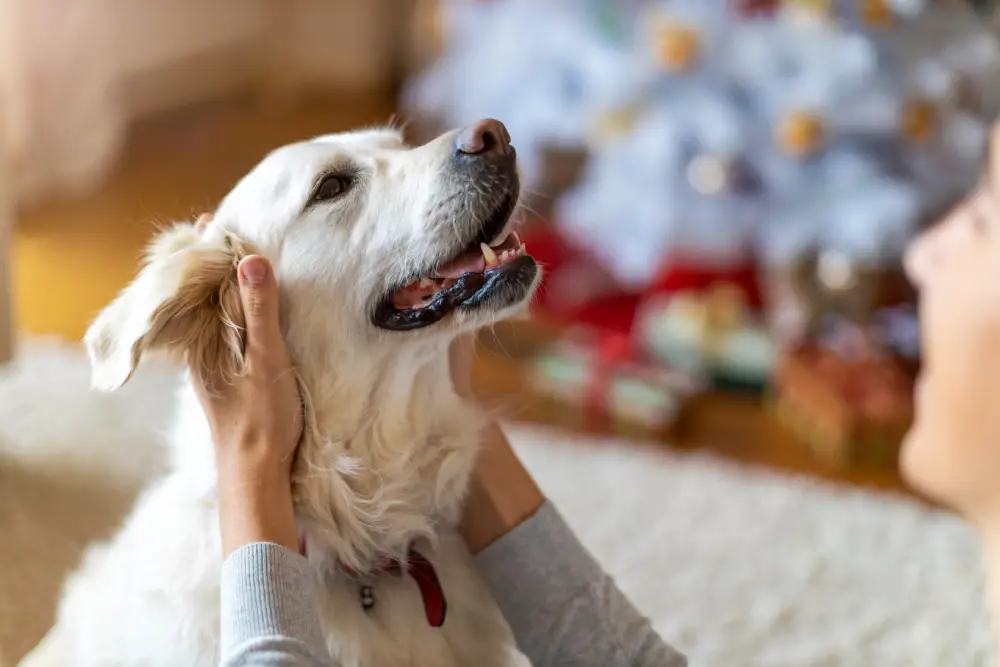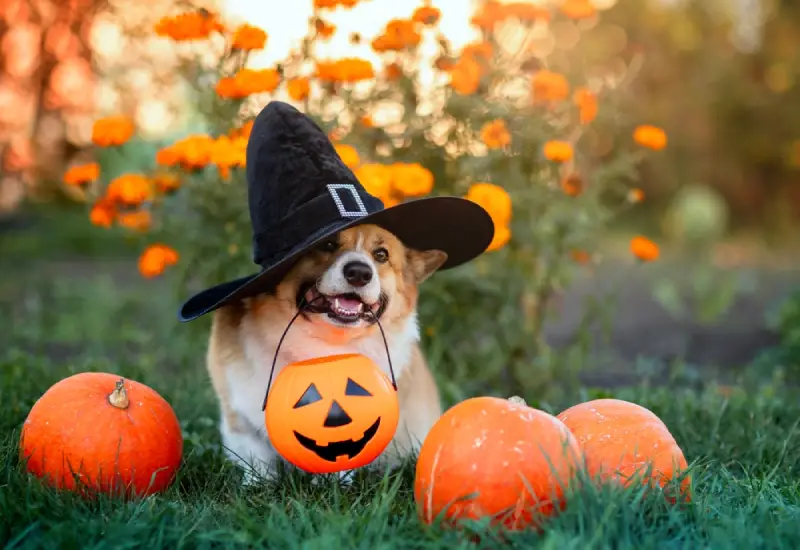
As a pet parent, you’ll know all the little quirks of your pet; from the way they look at you when they want feeding to the way they nudge you when they want a cuddle. But do you really know the signs for every mood they have?
Researchers say that dogs have the same emotional capacity as a 2 to 3-year-old child, meaning they experience many of the same emotions as a toddler. It is somewhat surprising to think they can experience everything from joy, fear and anger.
Like a two-year-old, your dog also lacks the ability to fully communicate how they are feeling. Instead, they rely on their behaviour and body language to get the message of how they feel across. Read on to find out what your dog’s behaviour says about their general mood and emotions…
1.Yawning
You might think that when your dog yawns, they are simply tired after a long day of walks, petting and playing games. However, there could be more to it than your dog being a bit sleepy.
If your dog yawns this may be a sign that they are scared or stressed. This might occur in a new environment or when a person they haven’t met before is in your home. When your fur baby starts to yawn when a new person is in your house, don’t rush the introductions and make sure you wait until your pooch has calmed down before you let them go near your dog. If yawning happens while in a new environment, give your dog time to get used to their surroundings. However, if they continue to show signs they are stressed it is best to remove them from the environment completely.
2. Biting
It is completely normal for puppies to nip as they learn to communicate with their new pet parents, particularly when they are playing. Young dogs communicate using their mouths, so nipping outside of play could also happen. Having said that it is important to teach your pooch that this is wrong from the offset. Without teaching them this, more problematic dog behaviours can arise further down the line. Provide a toy or chew for them to play with instead; our Webbox Lamb and Mint Chomping Chews are a great way to stop puppies from nibbling your hands!
If biting persists in your dog’s later life, this is a sign of anxiety, fear or aggression and is something that you should discuss with your vet so they can help provide you with potential solutions such as a veterinary behaviourist.
3. Digging
Have you ever gone out to your back garden to find that your dog has kindly dug up your new bedding plants? Well, while this behaviour might be frustrating for you, there is often a good reason behind it. It may be that they are trying to track animals, find a cool spot away from the sun or just become the next Houdini! Whatever the reason may be, this behaviour is normal dog behaviour. If the problem persists it is best to speak with your vet as there may be another issue; such as boredom or anxiety which is why your fur baby is behaving in this way.
4. Circling
It has been said that when your dog is circling before lying down it is an act of self-preservation, in that your fur baby naturally knows that he needs to position himself in a certain way to ward off an attack in the wild. That’s why they will often circle several times before finally lying down. There is nothing more to this behaviour than your dog being ready to settle down for a while.
If your dog regularly circles or seems to be chasing their tail, it might be that there is an underlying health condition, so it is best to speak with your vet to rule this out.
5. Panting
Dogs pant to expel heat, which is why they may begin to pant after a long walk or if they are getting too warm. Make sure your pooch is well hydrated before and after exercise and leave out plenty of fresh water for them, especially as the weather warms up.
While this behaviour may seem quite simple, dogs also pant when they are excited and when they are stressed, making it that much harder to to determine your dog’s mood when they’re panting. If your dog is panting and they haven’t been exercising or basking in the sun, this may be a sign of fear or anxiety. Other anxious signs include tail tucked between legs, hackles raised or ears pinned back. Listen closely to the sounds your dog is making; if they are whimpering or whining as well as panting, you know there’s something not quite right.
6. Sitting on your feet
It is often said that if your dog regularly sits or lies on your feet or quite close to you, that this is an act of dominance. However, this is misleading, as dogs tend to sit close so they feel safe. If your furry friend regularly squishes in next to you on the sofa then it might be they are feeling anxious and are using you for comfort rather than to try and dominate you.
One of the most important things to keep your pooch happy and healthy, is simply good food! Great foods like those we make here at Webbox, go a long way when improving your bestie’s mood. Shop the full range of Webbox dog foods.

Shop for Dogs

Personalise your search:
Shop for Cats

Personalise your search:
Our Most Popular Products


Webbox Lick-e-Lix with Beef Cat Treats 75g


Webbox Squeaky Ball Dog Toy



Webbox Lick-e-Lix Cheese & Taurine Cat Treats 75g


Webbox Lick-e-Lix Liver Cat Treats 50g


Webbox Lick-e-Lix Chicken Cat Treats 75g








